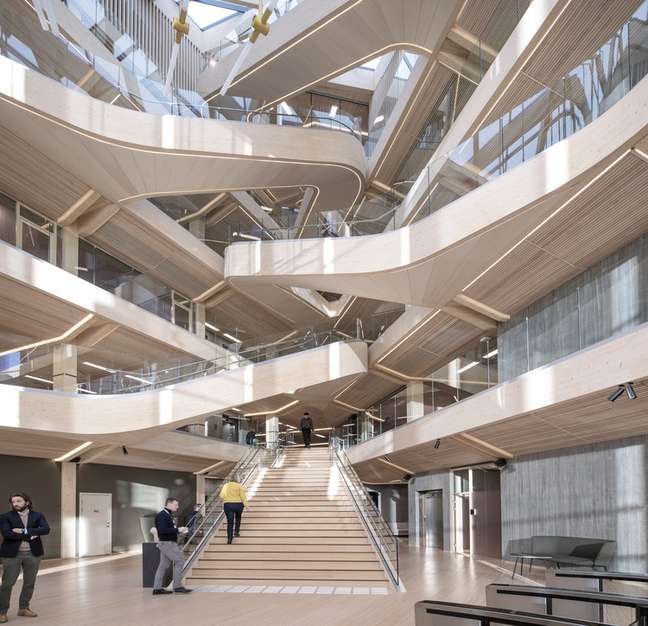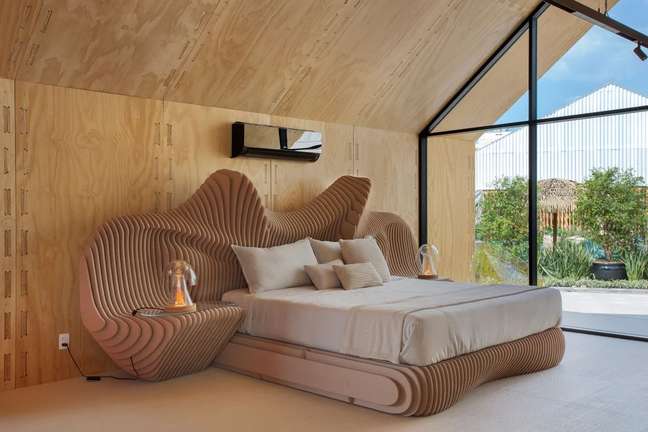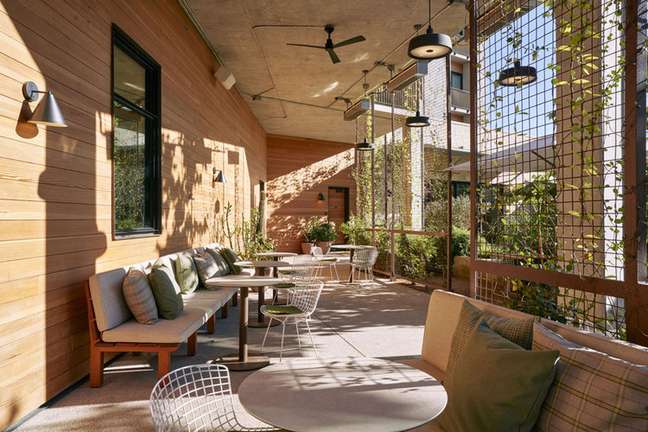A material that promises to transform civil construction combines advanced technology and sustainability

Multilayer wood is acquiring more and more importance and attention worldwide in civil construction, especially for its versatility, modernity and resistance. Furthermore, what has attracted the attention of engineers and investors the most is that the raw material drastically reduces the environmental impact produced by the sector.
Combining advanced technology and sustainability, plywood is used from decorative furniture to building structure. In addition, it meets the main needs and current trends in civil construction.
“Wood is one of the oldest materials used in construction, but it has been replaced over the years by steel and concrete, for example. Austria has developed this technology and the yard has acquired stability, strength, lightness, precision, sustainability and, above all everything, speed, while the parts are prefabricated and offer an optimized construction period “, explains Nicolaos Theodorakis, founder and CEO of Noah, a startup that offers a technological solution for civil construction with wooden structures.

The pine prefabricated buildings are subjected to various industrial processes that add quality and homogeneity to transform the wood into a material with excellent technical and constructive performance. There are two types of plywood: Glue laminated wood o Laminated Wood (MLC), equivalent to Glued Laminated Wood, used for beams and pillars, and Cross Laminated Wood (CLT), Cross Laminated Wood, used in the manufacture of structural slabs and walls.
Discover three advantages of plywood below.
1. Sustainability
Civil construction is among the sectors most responsible for the emission of gases that contribute to the greenhouse effect, especially during the production of cement and concrete. Therefore, the use of plywood is essential for a more sustainable work. While concrete and steel contribute to CO2 emissions, this technology goes in the opposite direction, serving as a natural carbon deposit.

According to some studies, one cubic meter of engineered wood removes about one ton of carbon dioxide from the atmosphere. In addition, there is a significant reduction in on-site material waste.
One example is the Dengo Chocolates store, in São Paulo, which generated only one sack of rubble in the entire construction of the building, which has four floors entirely in plywood. “Wood is the only renewable and structurally efficient material at the same time. Attentive to the ESG agenda, the market is increasingly looking at these sustainable solutions”, emphasizes Theodorakis.
2. Buildability
Although lighter, plywood is as strong as concrete and steel. Since it is five times lighter than concrete, it makes lifting parts easier for example. Being a prefabricated solution, plywood offers optimization on site, reducing work times and also costs.

Another advantage is that the wood used in the processing is highly selected and therefore extremely resistant. Stability is also one of the strengths, as the material has greater stability than other products.
3. Versatility
With precise measurements according to each job, plywood is produced to the millimeter, which guarantees precision and versatility. Therefore, we can say that the material helps to promote greater freedom for the creation of architectural projects, which still acquire a modern and technological air.
Source: Terra
Benjamin Smith is a fashion journalist and author at Gossipify, known for his coverage of the latest fashion trends and industry insights. He writes about clothing, shoes, accessories, and runway shows, providing in-depth analysis and unique perspectives. He’s respected for his ability to spot emerging designers and trends, and for providing practical fashion advice to readers.






